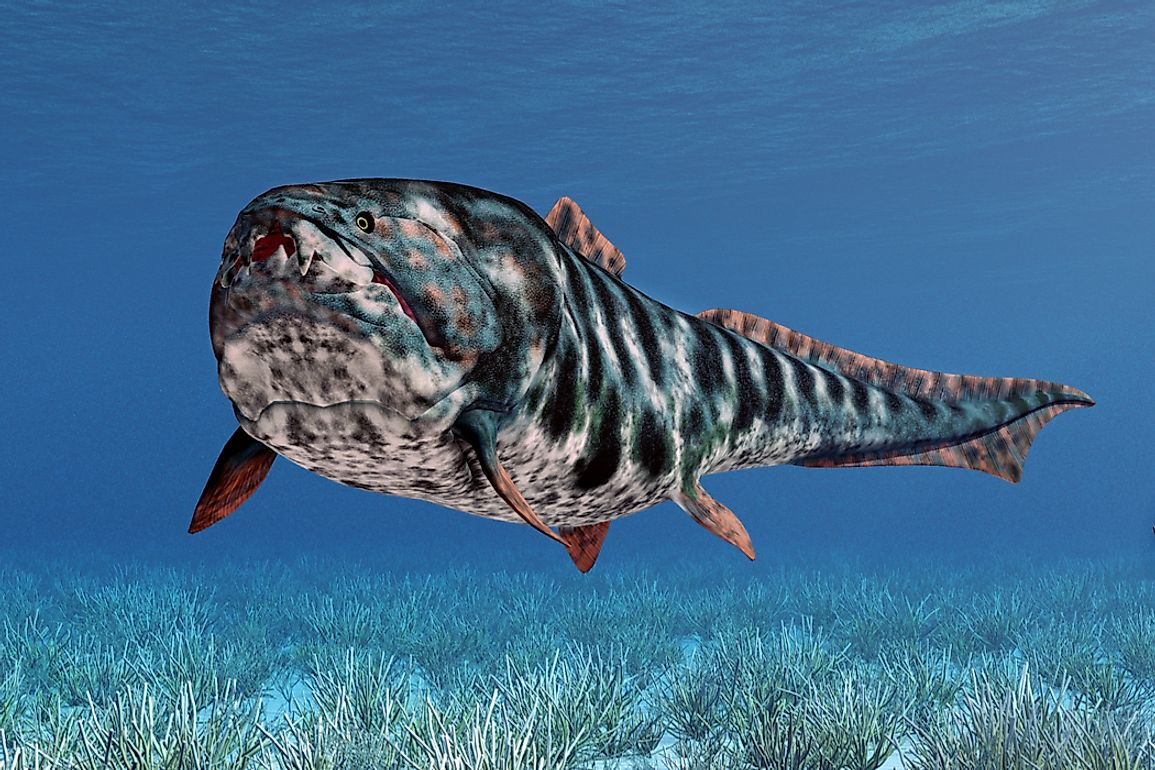What is a Dunkleosteus?

Scientists around the world keep discovering, naming, and renaming species of plants and animals from the present time period as well as extinct ones. One of the extinct genera that have gained popularity in recent years is the extinct Dunkleosteus that was discovered and initially described in the late 19th century. The fish was later renamed in 1956 to honor David Dunkle. Dunkleosteus is a prehistoric genus of fish that existed during the Late Devonian Period about 380 million years ago. The fish is described to have had armored and tough skin which enabled its fossils to survive centuries after their extinction. Parts of the Dunkleosteus’ fossils were discovered in Belgium, North America, North Africa, and Poland and have been preserved in several museums including the Cleveland Museum of Natural History and the State Museum of Pennsylvania.
Species
The Dunkleosteus genus is composed of about ten species. The genus is unique in that the species within it make up some of the largest fish that have lived. The species within this genus include D. terrelli (the largest), D. belgicus, D. denisoni, D. marsaisi, D. magnificus, D. missouriensis (discovered in Missouri), D. newberryi, D. amblodaratus and D. raveri. Species of Dunkleosteus vary in size with some growing to a length of about 20ft (making them the largest placoderms to have existed) while some are as short as 3ft. Their weight also varied extensively with the D. terrelli weighing about 1.1tons. The fish had a bulging head with an armored outer body.
Habitat, Diet, and Behavior
Dunkleosteus was a highly adaptable fish that occupied the shallow waters of seas and oceans of the world. Dunkleosteus was a predatory fish that thrived on the species of free-swimming fish in the oceans as well as other placoderms. The fish had a high speed of jaw opening and a powerful bite force that exceeds that of the crocodile. The high speed was due to the presence of movable joints between the jaws and muscles of the jaws. From remains of the fish, Dunkleosteus is believed to have regurgitated bones of its prey. Unlike most fish, the Dunkleosteus lacked teeth. In their place were powerful bony jaws. Unique to the genus is the robust jaws of the juveniles, which matched those of the adults’ apart from the size. Dunkleosteus was a slow but very powerful swimmer and has been described as an aggressive animal. The low speed is due to the heavily armored body (armor made bone) of the fish. The fish reproduced through internal fertilization and are among the first vertebrates to do so.
Why They Went Extinct
Despite the Dunkleosteus being one of the most powerful predators of its time as well as its distribution in the oceans, the genus became extinct. In explaining its extinction, scientists argue that the drop in oxygen levels in the oceans contributed majorly. The reduced oxygen levels occurred during the Hangenburg Event altering the state of the oceans and leading to the extinction of the placoderms. The reduced oxygen levels would sustain smaller fish but not one as large as the Dunkleosteus.











